- Have any questions?
- +380 (50) 50 73 903
- uapothecary.pharmacy@gmail.com
Suprastin tablets of 25 mg 20 pcs
$17.19
Suprastin is prescribed for allergic diseases – seasonal allergic rhinitis, conjunctivitis, urticaria, dermographism, contact dermatitis, food allergy; allergic reactions caused by medicines; allergy caused by insect bites; itch; as adjunctive therapy for systemic anaphylactic reactions and angioedema.
Composition and form of release
Active substance: chloropyramine.
Composition
- 1 tablet contains 25 mg of chloropyramine hydrochloride;
- excipients: stearic acid, gelatin, sodium starch glycolate (type A), talc, potato starch, lactose monohydrate.
Release form
Tablets.
Pharmacological properties
Pharmacodynamics. Chloropyramine, a chlorinated analogue of tripelenamine (pyribenzamin) is a first-generation antihistamine that belongs to the ethylenediamine group. in preclinical and clinical studies, as with the use of tripelenamine, the effectiveness of chloropyramine in the treatment of hay fever and other allergic diseases was revealed.
The mechanism of action of the drug consists in blocking histamine H1 receptors.
Suprastin reduces the severity of general symptoms of allergic diseases, in addition to anti-allergic, it has a sedative, hypnotic and antipruritic effect.
Very low doses of chloropyramine, which were given to guinea pigs, protected the animals from the effects of histamine, the dose of which was 120 times the lethal dose. The drug also affects smooth muscles, permeability of capillaries and the central nervous system.
Pharmacokinetics. After oral administration, chloropyramine is rapidly absorbed in the gastrointestinal tract. The therapeutic effect develops within 15-30 minutes after application, reaches a maximum within the first hour after administration and persists for 3-6 hours. Chloropyramine is metabolized in the liver. It is excreted mainly with urine in the form of metabolites. In children, the drug can be excreted faster than in adults.
In case of impaired kidney function, the excretion of the active substance may slow down.
In case of hepatic insufficiency, the dose of the drug must be adjusted due to a decrease in the metabolism of chloropyramine.
Indication
Allergic diseases – seasonal allergic rhinitis, conjunctivitis, urticaria, dermographism, contact dermatitis, food allergy; allergic reactions caused by medicines; allergy caused by insect bites; itch; as adjunctive therapy for systemic anaphylactic reactions and angioedema.
Application
Tablets are recommended to be taken internally during meals, without chewing and with a sufficient amount of liquid.
The daily dose for adults is usually 75-100 mg (3-4 times a day). For children aged 3-6 years – ½ tablet 2 times a day; 6-14 years – ½ tablet 2-3 times a day.
The dose can be increased depending on the patient’s response and the development of side effects. The daily dose for children should not exceed 2 mg/kg of body weight. The maximum daily dose is 4 tablets (100 mg). Therapy is considered completed after the symptoms of the disease disappear. If adverse reactions are detected, treatment with the drug must be discontinued.
Violation of liver function. It may be necessary to reduce the dose, since the metabolism of the active substance decreases with liver disease.
Impaired kidney function. In case of impaired kidney function, it is necessary to reduce the dose of the drug, since the active substance is excreted mainly by the kidneys.
Contraindication
Hypersensitivity to any ingredient of the drug; acute attack ba; closed-angle glaucoma; gastric ulcer; acute myocardial infarction; arrhythmia; simultaneous use of MAO inhibitors; urinary retention, prostate hypertrophy; increased sensitivity to other derivatives of ethylenediamine; age up to 3 years.
Side effects
From the side of the central nervous system: sedative effect, increased fatigue, dizziness, ataxia, nervousness, tremors, convulsions, headache, euphoria, encephalopathy, blurred vision, drowsiness, deterioration of psychomotor functions.
From the side of the cardiovascular system: arterial hypotension, tachycardia, arrhythmia.
Gastrointestinal tract: pain and discomfort in the epigastric area, dry mouth, nausea, vomiting, diarrhea, constipation, anorexia, increased and decreased appetite, increased symptoms of reflux.
From the side of the blood: leukopenia, agranulocytosis, thrombocytopenia, hemolytic anemia, other pathological changes in the blood.
On the part of the organs of vision: increased intraocular pressure, glaucoma.
From the kidneys and urinary system: dysuria, urinary retention.
From the side of the skin and subcutaneous tissue: photosensitivity, allergic reactions.
From the musculoskeletal system and connective tissue: myopathy.
From the side of the immune system: allergic reactions, including skin hyperemia, rash, itching, urticaria, angioedema.
Special instructions
Elderly patients, debilitated patients. With special caution, the drug is prescribed to these patients, since they are more sensitive to certain side effects of antihistamines (dizziness, drowsiness, decreased appetite).
Violation of liver function. It may be necessary to reduce the dose, since the metabolism of the active substance decreases with liver disease.
Due to the anticholinergic and sedative effects of the drug, special care should be taken when using it in elderly patients, with impaired liver function or cardiovascular diseases.
If the drug is used late at night, it is possible to increase the symptoms of reflux.
When using chloropyramine hydrochloride in combination with ototoxic agents, symptoms of ototoxicity may be masked.
Alcohol enhances the sedative effect of chloropyramine on the central nervous system, therefore, during treatment, it is necessary to avoid drinking alcoholic beverages.
Long-term use of antihistamines can rarely cause disorders of the hematopoietic system (leukopenia, agranulocytosis, thrombocytopenia, hemolytic anemia). If, during long-term use of the drug, undesirable effects are noted (fever, laryngitis, formation of ulcers on the mucous membrane of the oral cavity, pallor, jaundice, hematomas, bleeding), it is necessary to stop the treatment and monitor blood parameters.
One tablet contains 116 mg of lactose. Patients with hereditary galactose intolerance, Lapp lactase deficiency or glucose-galactose malabsorption should not use this drug.
Pregnancy and breastfeeding
Use during pregnancy or breastfeeding. There are no preclinical data on animal use. Use of the drug during pregnancy and breastfeeding is contraindicated.
Adequate and well-controlled clinical studies in pregnant women have not been conducted, although retrolethal fibroplasia has been described in neonates whose mothers received antihistamines during the last 2 weeks of pregnancy.
Drivers
During the use of the drug, especially in the first period of treatment, the drug can cause drowsiness and deterioration of psychomotor functions. Thus, in view of the possible adverse reactions from the nervous system, it is prohibited to drive vehicles or other mechanisms at the beginning of therapy during the period established individually.
Children
Suprastin tablets are used in children older than 3 years.
Interactions
MAO inhibitors increase and prolong the anticholinergic effect of suprastin. Special care should be taken when prescribing the drug simultaneously with sedatives, barbiturates, hypnotics, tranquilizers, opioid analgesics, tricyclic antidepressants, atropine, muscarinic parasympatholytics due to the possibility of mutual potentiation of each other’s effects.
Alcohol increases the severity of the depressant effects of the drug on the central nervous system, therefore, during treatment, you should avoid drinking alcoholic beverages.
In combination with ototoxic drugs, warning symptoms of ototoxicity can be masked.
Antihistamines can prevent skin reactions in allergy testing, so the use of such drugs should be stopped a few days before the scheduled allergy skin test.
Overdose
Deliberate or accidental overdose of antihistamines can be fatal, especially in children. With an overdose of the drug, symptoms similar to atropine intoxication develop: hallucinations, restlessness, ataxia, impaired coordination of movements, athetosis, convulsions. In children, the state of excitement dominates. dry mouth, dilated pupils, flushing, sinus tachycardia, urinary retention, fever may also be present. in adults, fever and hot flushes are not always noted; the period of excitement is accompanied by convulsions and postictal depression. in addition, coma and cardiopulmonary collapse can develop, which can lead to death within 2-18 hours.
Due to the anticholinergic effect of the drug, the motor activity of the stomach may slow down, therefore within 12 hours after an overdose, it is necessary to wash the stomach and take activated charcoal.
Cardiopulmonary function monitoring is recommended. Treatment is symptomatic. No specific antidote is known.
Storage conditions
At a temperature not higher than 25 °C.


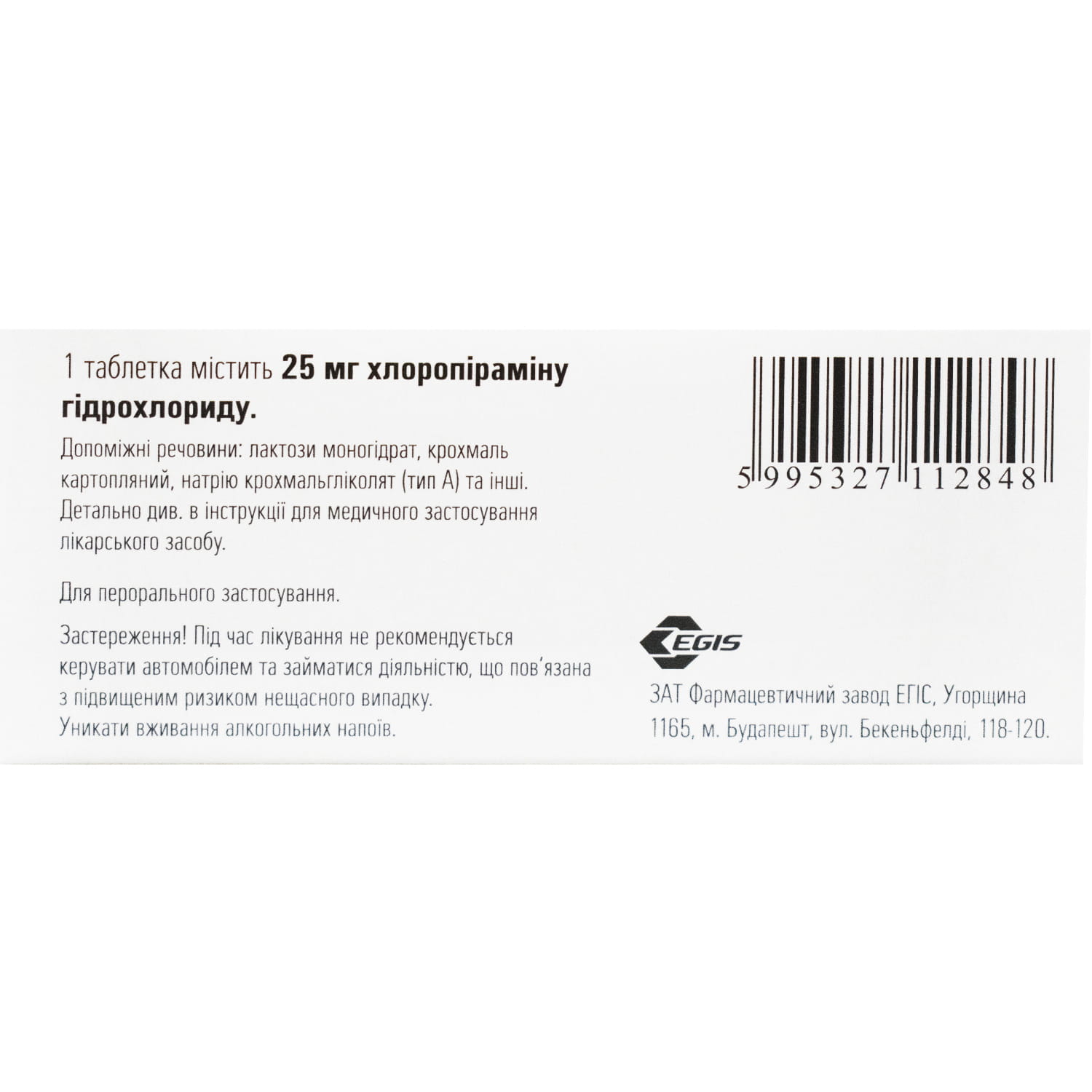
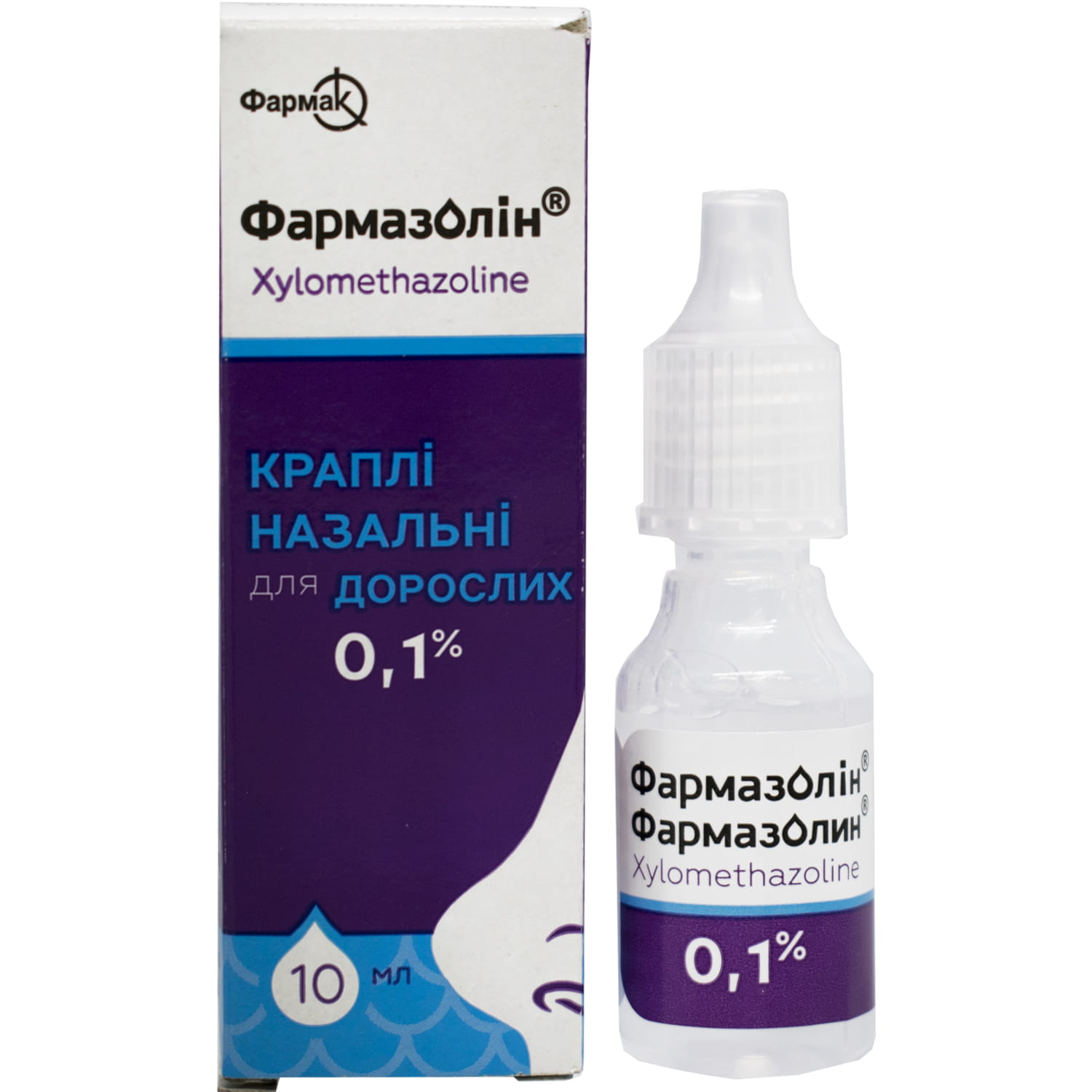
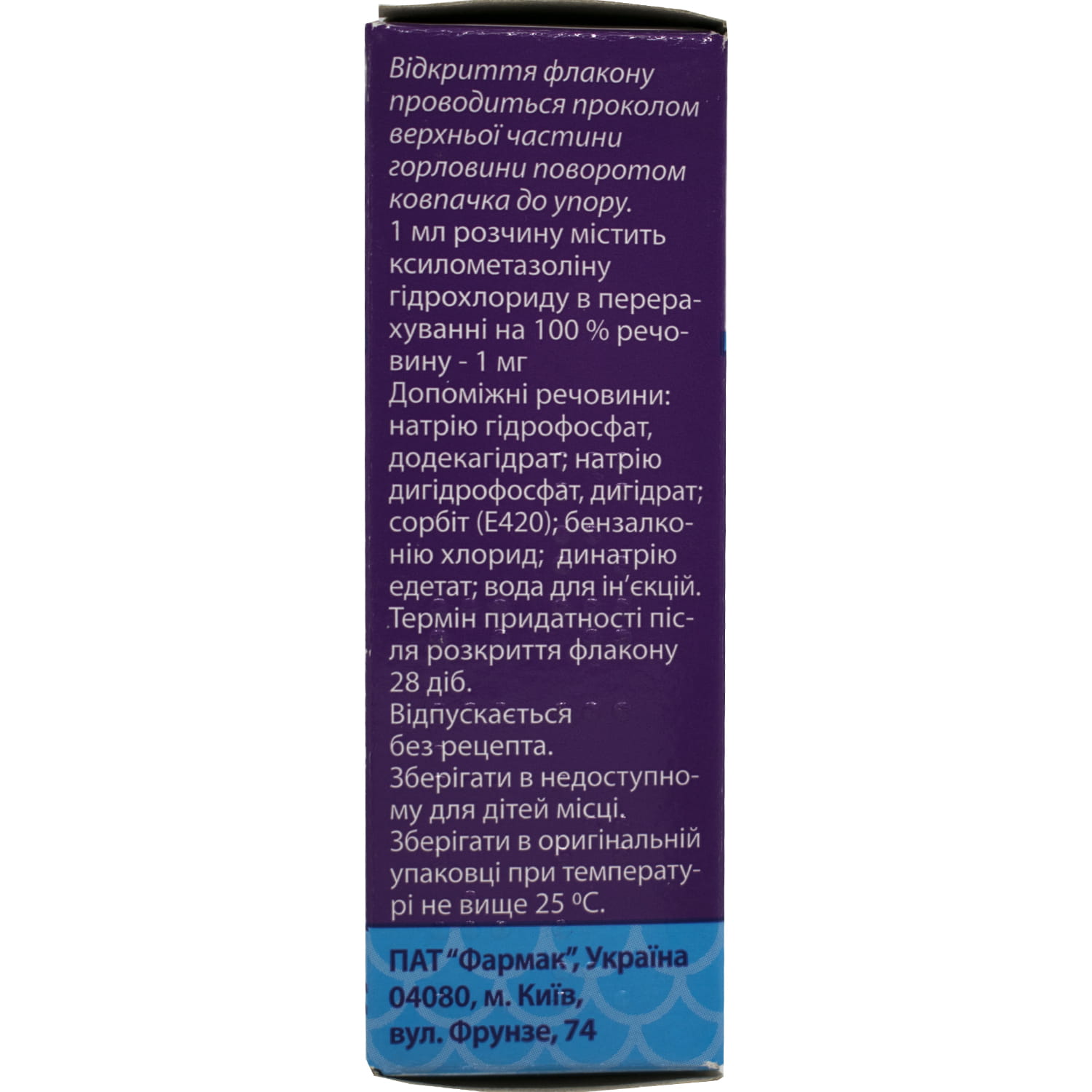

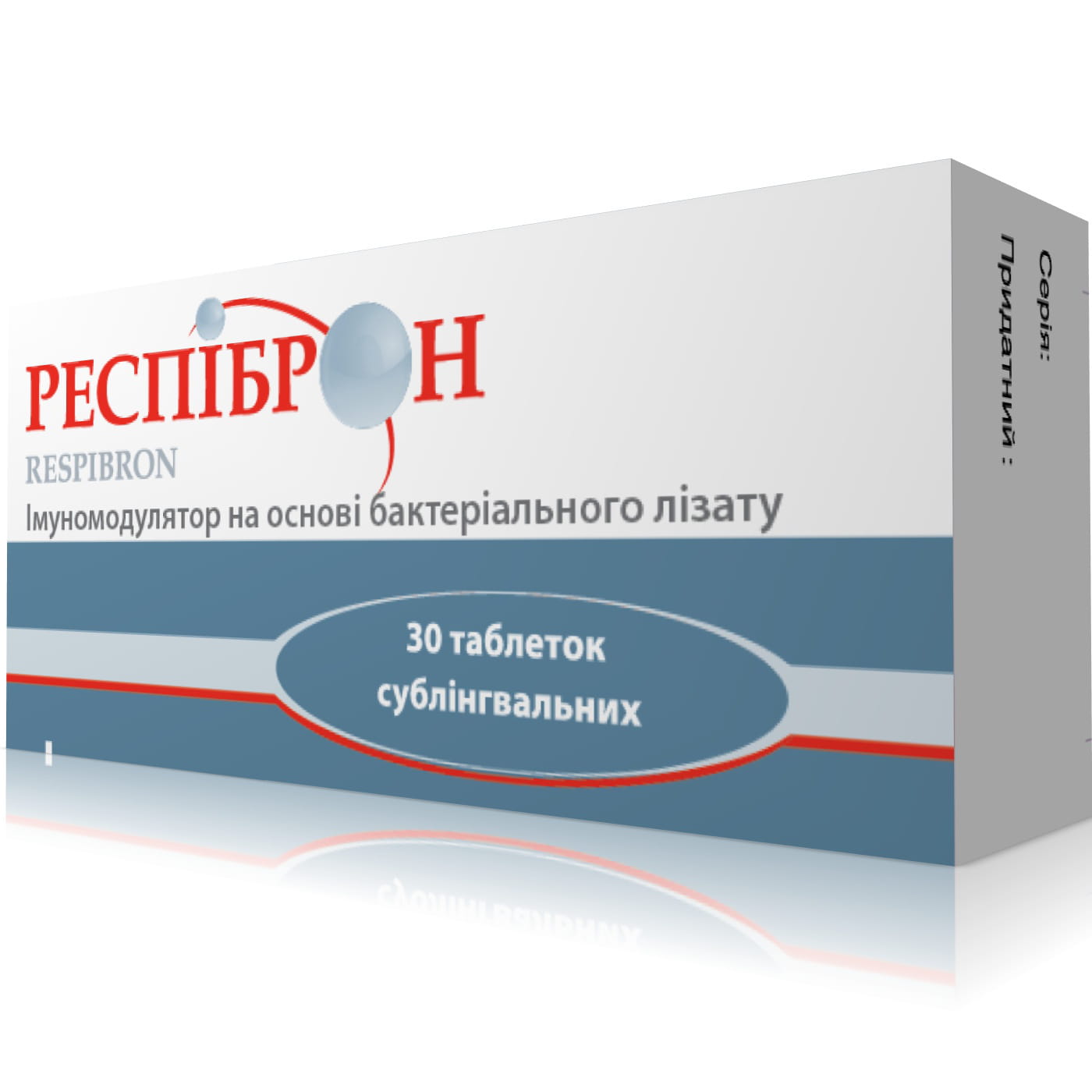
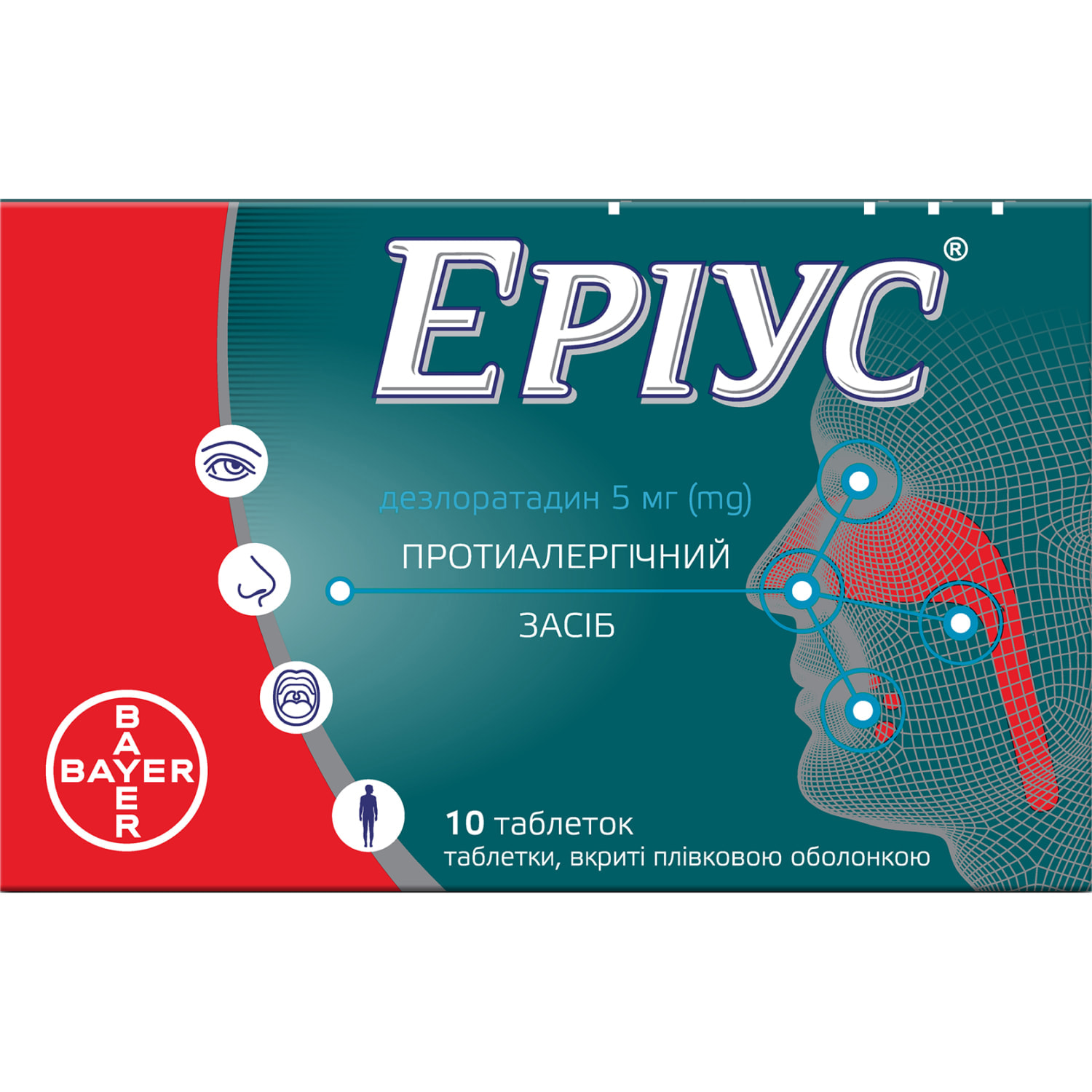
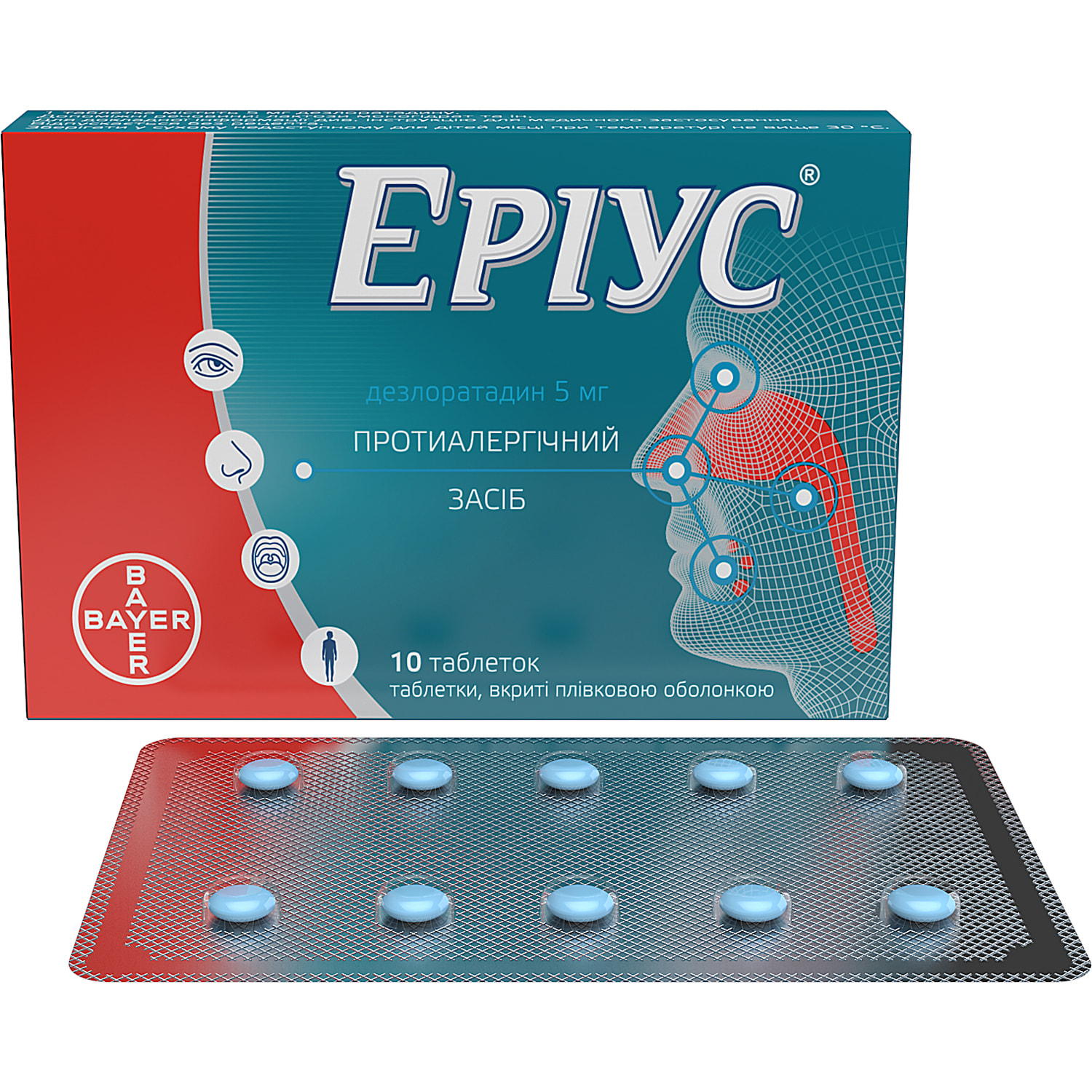
Reviews
There are no reviews yet.